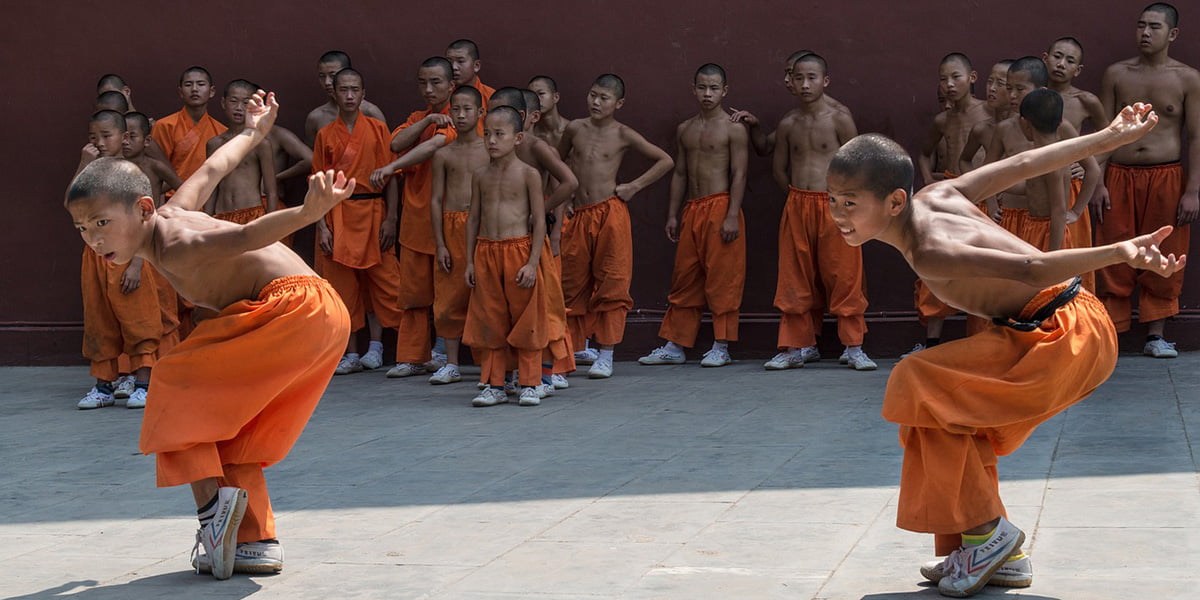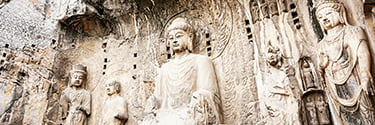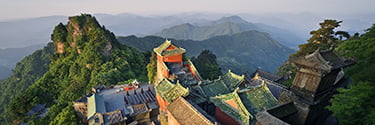Exploring China’s Vibrant Contemporary Art Scene: An Unparalleled Travel Experience
China, with its profound history spanning thousands of years, has always been a magnet for travelers seeking tales from the annals of time. Yet, in the heart of its ancient walls and timeless landscapes, there’s a burgeoning beat that resonates with the present: The Chinese Contemporary Art Scene. This dynamic fusion of history and modernity makes travel around China a unique blend of the age-old and the avant-garde.
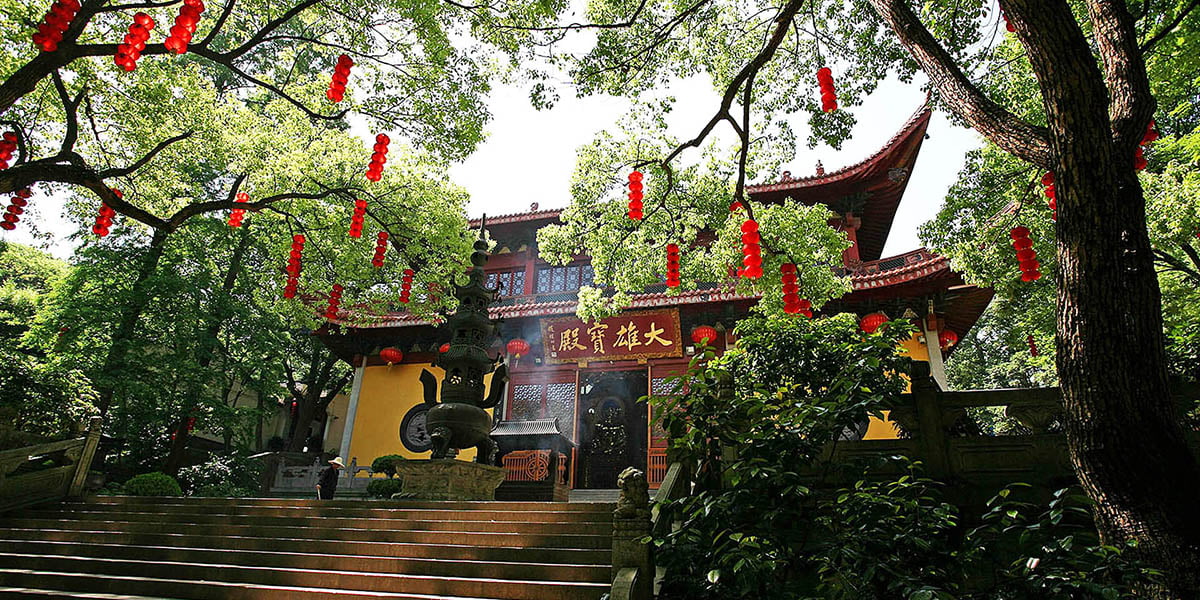
Journeying Through China’s Artistic Revival
The late 20th and early 21st centuries saw a remarkable transformation in China, with rapid socio-economic changes reshaping the fabric of its society. As the nation strode into modernity, its artists began to capture the spirit of these transitions. From using traditional mediums like ink and brush to incorporating modern techniques and concepts, the Chinese Contemporary Art Scene provides a lens to view China’s evolving identity.

Beijing: The Artistic Heartbeat of China
Beijing, the illustrious capital, is often the starting point for travelers, and it doesn’t disappoint the art aficionados. 798 Art District, a sprawling expanse of former military factories, has metamorphosed into the nerve center of China’s modern art movement. Walk its graffiti-adorned lanes, and you’ll find a melting pot of art galleries, studios, and boutiques, all pulsating with creativity.
Artists like Ai Weiwei, whose provocative installations often challenge societal norms, have roots in Beijing. His works, among others, explore themes of freedom, censorship, and human rights – resonating with China’s journey and its dialogue with the world.
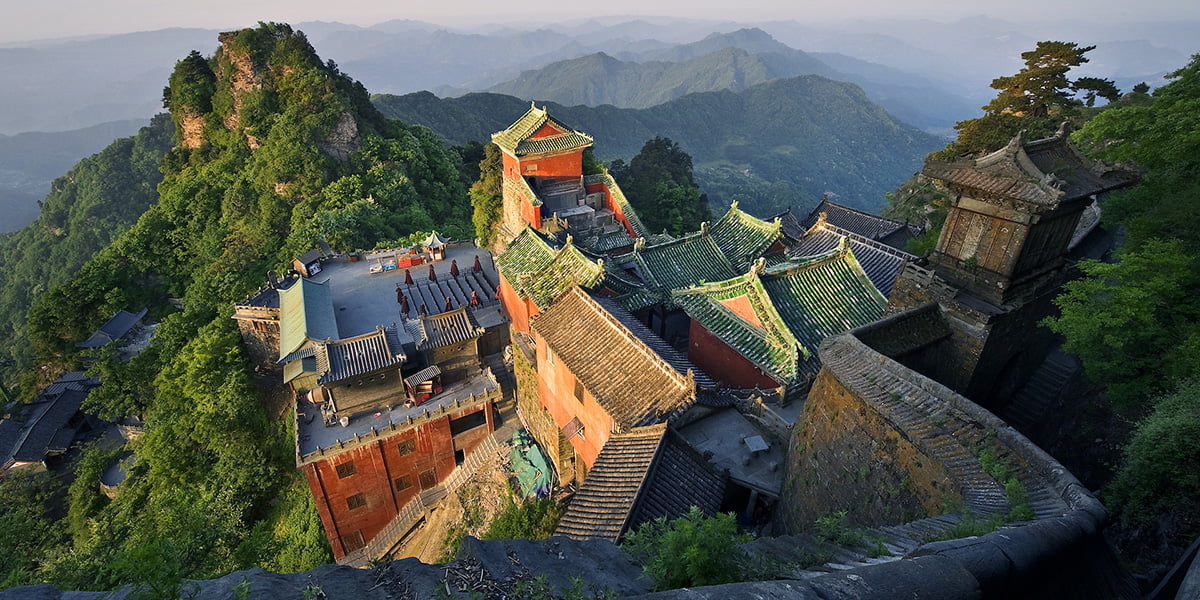
Shanghai: A Modern Muse
Further south, Shanghai, a city synonymous with innovation and glamour, offers a stark contrast to Beijing’s historical gravity. The Moganshan Road Art District or M50 is Shanghai’s answer to Beijing’s 798. Here, dilapidated factories are rejuvenated into vibrant art spaces.
Emerging artists like Yang Fudong, known for his evocative films and photographs, capture the essence of Shanghai – a city caught between its colonial past and futuristic aspirations. As you navigate Shanghai’s bustling streets, the interplay of art and life becomes palpable. In the city’s skyscraper-studded skyline, juxtaposed against the colonial Bund, one can sense the push-and-pull of tradition and modernity that these artists encapsulate.
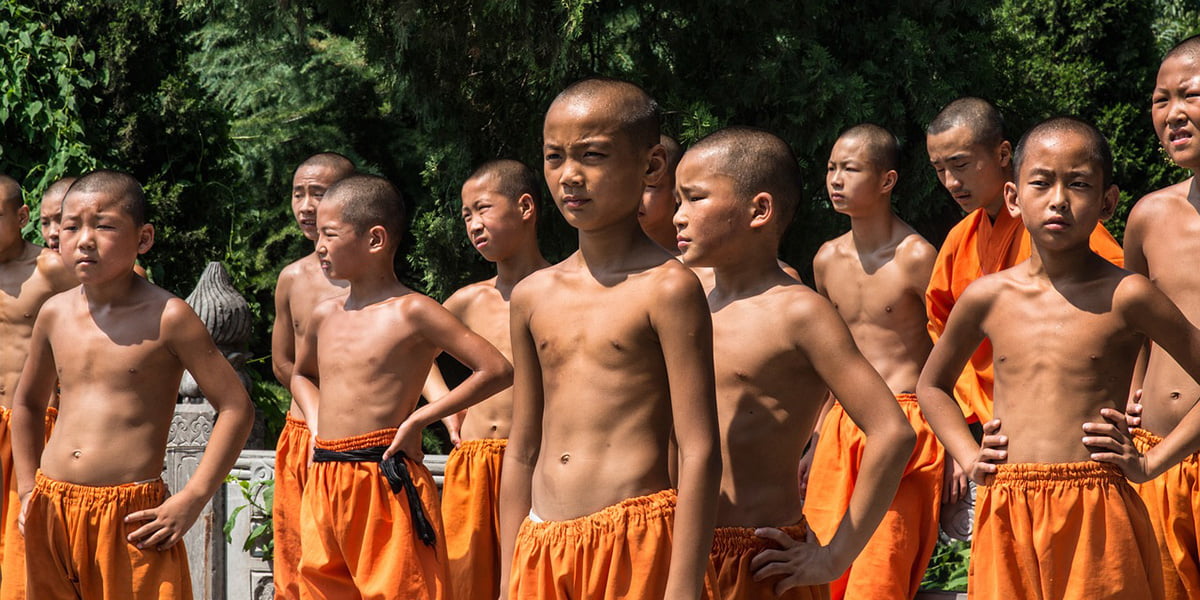
Travel & Art: A Symbiotic Relationship
In the realm of travel, experiencing local art isn’t just an item to check off a list. It’s a passage into understanding the essence of a place, its people, and its culture. The Chinese Contemporary Art Scene, with its rich tapestry of stories and expressions, provides travelers with a deeper, more intimate connection to China’s soul.
For travelers who immerse themselves in this art scene, the experience becomes more than just sightseeing. It’s a dialogue – with the artists, the local populace, and with oneself. Cities like Beijing and Shanghai, through their art districts, provide platforms for this dialogue, making travel a journey of both external exploration and internal reflection.
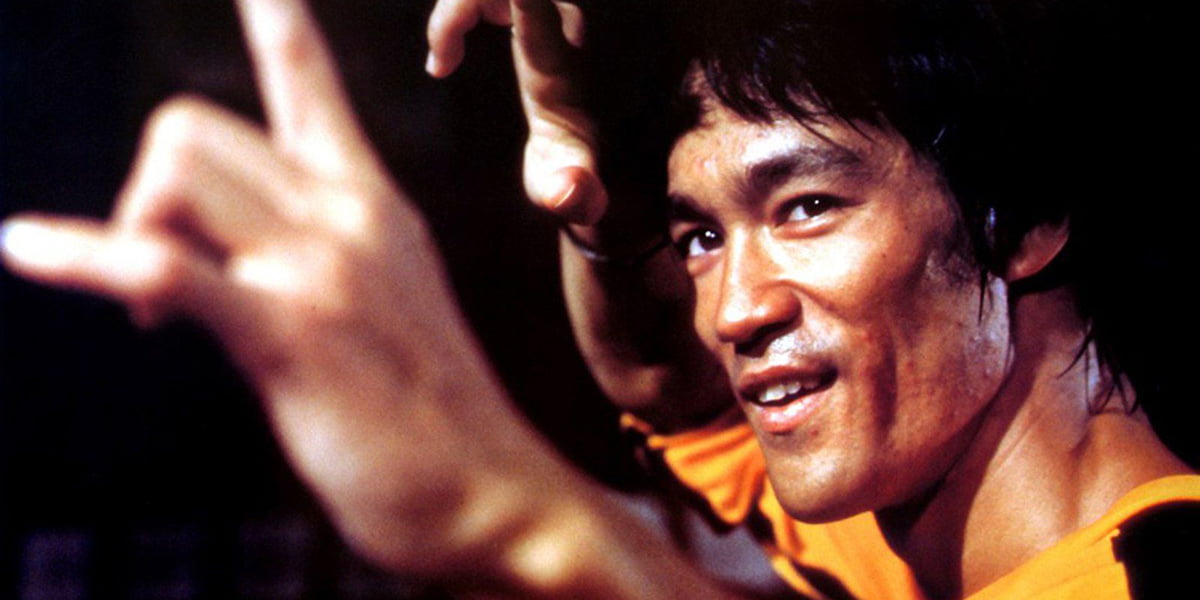
Beyond the Metropolises: China’s Artistic Spread
While Beijing and Shanghai stand as pillars of the contemporary art movement, the spirit of artistic expression isn’t limited to them. Cities like Guangzhou and Shenzhen in the south, with their proximity to Hong Kong, have seen an influx of influences, leading to a unique blend of Cantonese culture with international flavors in their art.
Chengdu, in the heart of Sichuan, known more for its pandas and spicy cuisine, is witnessing an art renaissance. Its burgeoning music scene and a growing number of art galleries indicate that the contemporary art wave is resonating throughout China.
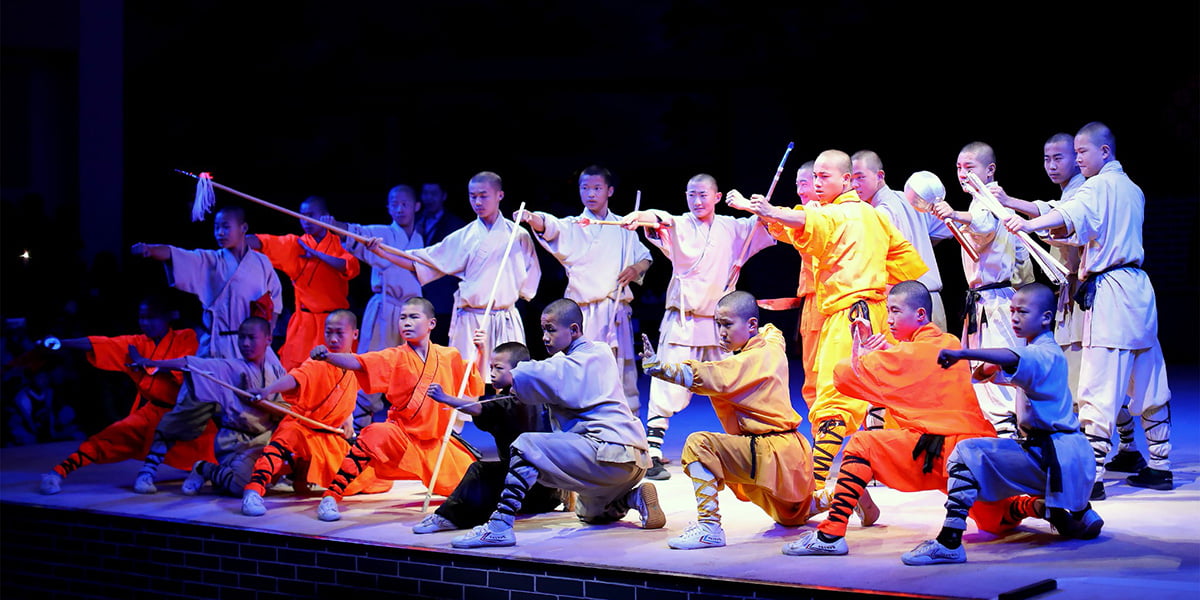
Artistic Endeavors and Socio-economic Echoes
One cannot discuss the Chinese Contemporary Art Scene without acknowledging its reflection of China’s socio-economic metamorphosis. Artists, in their expressions, capture the joys, the tensions, the aspirations, and the concerns of a society in flux. Their canvases echo the sentiments of urbanization, the nostalgia of lost traditions, the challenges of censorship, and the dreams of a brighter future.
In places like 798 in Beijing or M50 in Shanghai, one can observe this socio-economic commentary. Art installations often challenge conventions, question societal progress, or celebrate the newfound prosperity. For travelers, understanding these undertones enriches the travel experience, adding layers of depth to the Chinese sojourn.
Embarking on Your Artistic Journey
If the idea of diving deep into China’s soul through its art intrigues you, there’s no better time than now. Whether you’re an art connoisseur or a curious traveler, the Chinese Contemporary Art Scene promises a journey unlike any other.
As you plan your itinerary, remember to allocate time not just for the galleries but also for the alleyways, the coffee shops, and the open spaces of art districts. Here, in the spontaneous conversations with local artists or the unexpected art piece in a hidden corner, you’ll find the true essence of contemporary China.
In this symphony of the past, present, and future, China invites you to find your rhythm, your story, your connection. So, pack your bags, open your heart to art, and let China’s contemporary expressions guide your travel journey.
Final Thoughts
China’s rich cultural tapestry, interwoven with its dynamic contemporary art scene, makes it an unparalleled destination. In every brush stroke, in every sculpture, in every installation, there’s a story of a nation, a people, and an identity. As you traverse this vast land, let art be your compass, guiding you to the very heart of China’s spirit.


